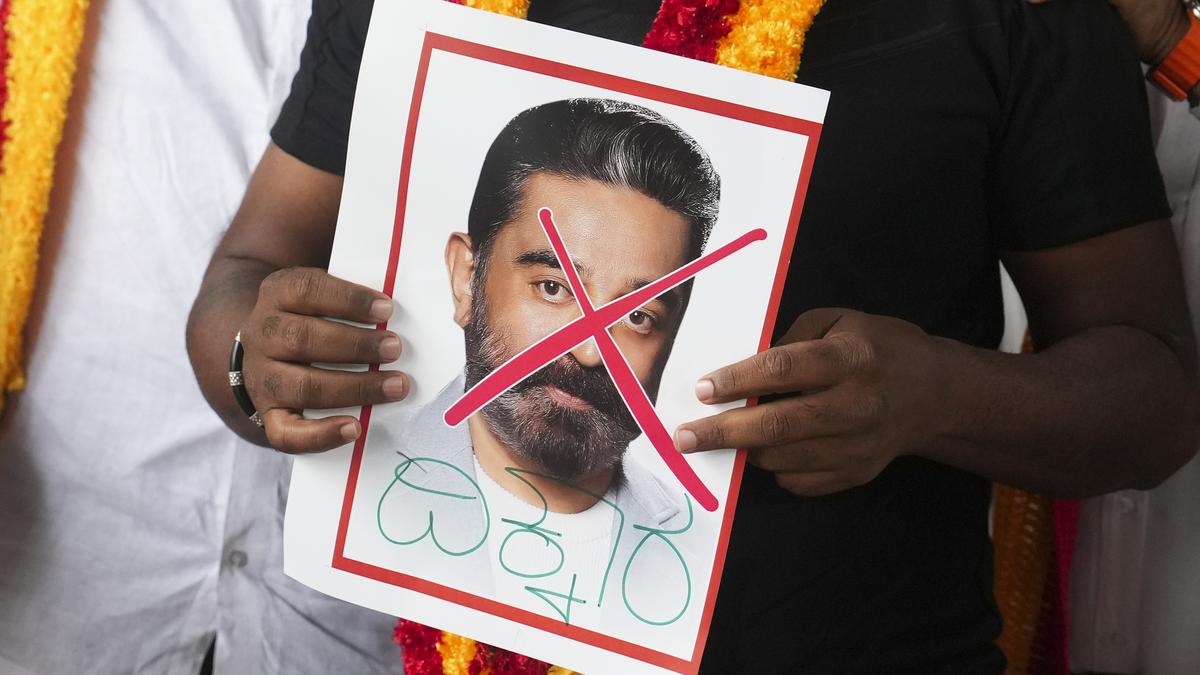ARTICLE AD BOX
Last Updated:May 30, 2025, 11:40 IST
A survey by the Ministry of Statistics and Programme Implementation reveals that 85.5 per cent Indian households own at least one smartphone, while 99.5& Indian youth now use UPI

The volume of digital payment transactions in India increased by 34.8 per cent year-on-year, driven largely by UPI. (AI Generated)
From a branded jewellery outlet in a mall to your local paanwala on the street, no area of your life is untouched by UPI. India’s swift adoption of digital payments, especially through the Unified Payments Interface (UPI), is transforming the financial landscape and providing a global model for seamless, inclusive, and scalable payment systems. Supported by widespread smartphone usage, targeted policy measures, and private-sector innovation, UPI has become central to India’s progress toward a cashless economy.
Introduced in India in April 2016 by the National Payments Corporation of India (NPCI), with the backing of the Reserve Bank of India (RBI) and the Indian Banks’ Association (IBA), UPI enabled real-time bank-to-bank transfers using just a Virtual Payment Address (VPA) or phone number; eliminated the need to make cumbersome trips to banks; and allowed QR code payments and bill payments.
According to the Economic Times, a recent survey conducted by the Ministry of Statistics and Programme Implementation (MoSPI) reveals that 85.5 per cent of Indian households own at least one smartphone, while a mind-boggling 99.5 per cent of Indian youth now use UPI for transactions—highlighting the role of UPI in everyday life for millions across the country.
The figures back the claims. A report in the Financial Express says UPI accounted for a staggering 83.7 per cent of all digital transactions in the country in the fiscal year 2024–25, reflecting its unprecedented growth from just 34 per cent in 2019. The surge highlights the platform’s user-friendly design, interoperability, and strong support from both public and private sectors.
Data from The Statesman reports that the volume of digital payment transactions in India increased by 34.8 per cent year-on-year, driven largely by UPI. Transaction volumes leapt from 375 crore in 2018 to over 17,000 crore in 2024, while the transaction value soared from Rs 5.86 lakh crore to Rs 246.83 lakh crore over the same period.
Bolstered by the response, the Narendra Modi government has now set an ambitious goal for the future. Finance Minister Nirmala Sitharaman is targeting one billion UPI transactions per day within the next two to three years, the Financial Express reported. The vision reflects the government’s commitment to advancing financial inclusion and technological innovation across all levels of society.
Beyond finance, UPI’s influence is spilling over into other sectors, most notably e-commerce. With digital payments acting as a key enabler, the sector is flourishing. Business Standard reported that Walmart International CEO Kathryn McLay recently highlighted that quick commerce now represents 20 per cent of India’s e-commerce activity and is growing at an annual rate of 50 per cent, with Flipkart—backed by Walmart—positioned at the center of this expansion.
The success of UPI can also be gauged by its international adoption. As of 2025, UPI payments are operational in Singapore, Nepal, UAE, Mauritius, France, Bhutan, and Sri Lanka.
India’s digital payments success story, anchored by UPI, is a testament to how thoughtful infrastructure, inclusive design, and a forward-looking digital policy framework can catalyse a nationwide transformation. As the world watches, India is not just participating in the digital economy—it’s leading it.
- Location :
- First Published:
News india Swipe, Tap, Scan: How India’s ‘Digital Lifeline’ UPI Is Transforming Payments At Home & Abroad



.png)
.png)
.png)
















 1 week ago
10
1 week ago
10









 English (US) ·
English (US) ·